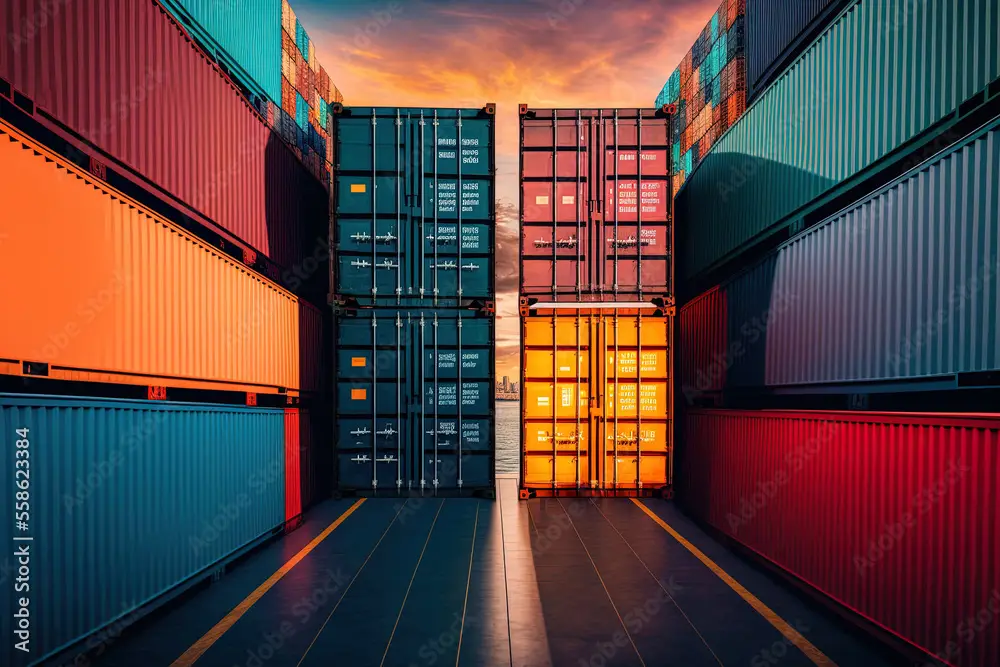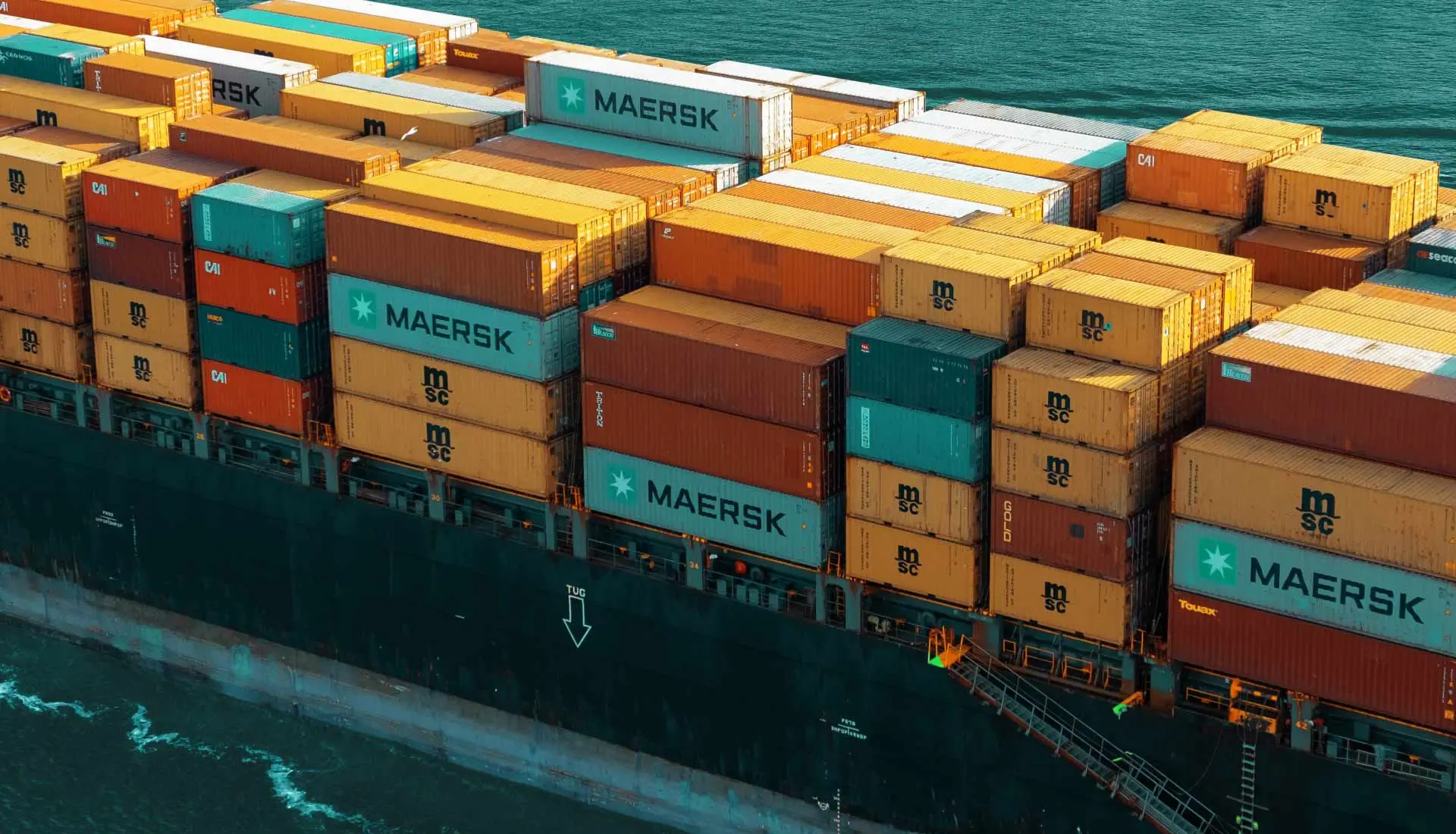How did shipping containers drive global business in 2024?
Shipping containers—those ubiquitous metal giants—are the silent workhorses of global trade, making international commerce possible by efficiently moving goods across continents. From gadgets to grain, these containers underpin the economy, connecting businesses to markets worldwide. But how has this industry evolved in 2024, and what does it mean for the future?
Let’s unpack the latest figures, trends, and challenges shaping the shipping container industry and its profound impact on commerce, sustainability, and innovation.
The Scale of the Industry in 2024
The shipping container market has continued its upward trajectory, growing to meet the demands of a bustling global economy:
- Fleet Expansion: The global fleet now surpasses 27 million TEUs, up from 25 million in 2023.
- Record Port Activity: Shanghai remains the global leader, handling 46 million TEUs in 2024, with other ports in Singapore, Ningbo-Zhoushan, and Los Angeles showing similar growth. Emerging ports in Africa and the Middle East are also contributing to global trade with increased investments.
- Super-Sized Ships: The rise of ultra-large vessels—capable of carrying over 24,000 TEUs—highlights the industry’s ever-growing logistical capabilities.
The sheer scale illustrates the indispensable role of containers in keeping global commerce flowing.

Economic Impact of Containers
Far from being mere transport tools, shipping containers are a cornerstone of economic activity:
- Global GDP Contribution: Container shipping now generates a staggering $1.7 trillion annually, accounting for a 13% increase over last year. This includes direct employment, port operations, and the broader economic ripple effects of traded goods.
- Employment Growth: The sector continues to create millions of jobs, spanning traditional roles like freight handling to emerging positions in AI logistics and sustainability.
- E-commerce Surge: Online retail behemoths, from Amazon to Alibaba, heavily depend on container shipping to fulfil their promises of swift delivery.
Sustainability in the Spotlight
The shipping container industry is under pressure to address its environmental footprint, with bold steps taken in 2024:
- Carbon Emissions: Shipping contributes 3% of global CO₂ emissions, leading the IMO to introduce tighter regulations.
- Green Innovations:
- Alternative Fuels: Biofuels, LNG, and hydrogen are increasingly powering vessels.
- Efficiency Upgrades: Technologies like AI route optimisation reduce emissions per container.
- Recycling Revolution: Over 80% of retired containers are upcycled into homes, offices, and creative projects like urban farms.
Tech Transformations
Innovation continues to disrupt and improve the industry in 2024:
- IoT & AI: Smarter containers now offer real-time tracking and predictive analytics, reducing inefficiencies.
- Blockchain: Digital documentation cuts down on errors and saves administrative costs.
- Automation: Ports like Rotterdam have integrated robotic cranes to streamline operations and reduce downtime.
These advancements ensure the industry remains efficient and future-ready.
Challenges Ahead
While the industry thrives, it’s not without its share of obstacles:
- Geopolitical Tensions: Trade wars and conflicts threaten key routes.
- Economic Strain: Rising fuel costs and inflation challenge operators.
- Environmental Compliance: Meeting green targets demands heavy investment, particularly from smaller players.
Addressing these headwinds will be key to maintaining the industry’s growth.
Case Study: Upcycled Containers in Action
One shining example of innovation in 2024 is Container City, a sustainable mixed-use project in East London:
- The Project: Transforming 50 retired containers into affordable housing, retail, and office spaces.
- Economic Benefits: By reducing construction costs by 30%, the development offers a scalable solution to urban housing challenges.
- Environmental Wins: Repurposing these containers saved approximately 175 tonnes of steel from ending up as waste.
Container City epitomises how the industry can turn environmental challenges into creative opportunities.
Looking Forward
As we approach 2025, shipping containers remain pivotal to global trade. The industry’s future hinges on balancing innovation, sustainability, and resilience. Whether through technological breakthroughs or repurposing efforts, the humble container continues to shape economies and redefine possibilities.
“Shipping containers are the invisible engines of globalisation, quietly driving trade and innovation worldwide.”
Want to learn more about buying or renting containers?
Contact Cubus Containers today for expert advice on sourcing the perfect solution for your business needs.









